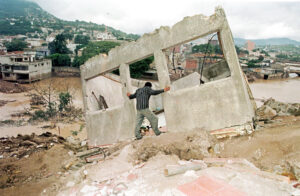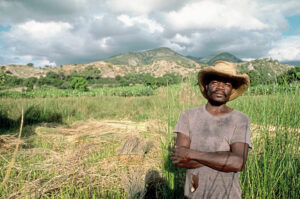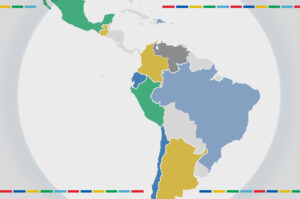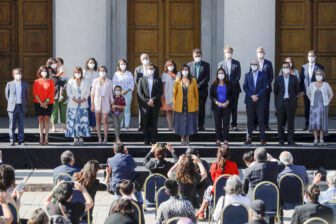This article is adapted from AQ’s special report on the Summit of the Americas | Leer en español | Ler em português
The Summit of the Americas has played host to a lot of drama over the years. From idealistic talk of a hemispheric-wide trade area at the inaugural 1994 edition in Miami, to Hugo Chávez declaring those dreams “dead” amid violent protests in 2005, and a historic handshake between Barack Obama and Raúl Castro a decade later, the summit has been a venue for theatrics, disputes—and some genuine efforts to make the Western Hemisphere a better place.
So it’s a shame that the 2022 edition, to be hosted in Los Angeles in early June, has so far elicited a lot of yawns. There’s speculation some leaders might even choose not to attend. Perhaps that’s testimony to a hemisphere exhausted by the pandemic, record migration, political polarization and the worsening effects of climate change. But better coordination, the kind that sometimes takes root when heads of state gather under one roof for a day, could help address precisely those challenges.
In this special report, AQ highlights a few opportunities for progress. These include efforts to lessen the damage from climate change in Central America’s “Northern Triangle,” where drought and crop failures have devastated villages and sent unprecedented numbers fleeing northward. Journalist John Otis visited a small town in Honduras, where coffee farmers and others are taking real-life, relatively low-cost steps to adapt—illuminating a path for others.
In Haiti, rural areas offer a similar venue for collaboration, writes former Prime Minister Michèle Duvivier Pierre-Louis. A renewed commitment to democracy could also help stop the erosion of freedoms and institutions being seen in many countries, writes AS/COA’s Eric Farnsworth. Having attended the first summit as a young aide, he makes a plea to recapture at least some of the ambition and optimism present 28 years ago in Miami. That’s a dream everybody in California should get behind.















